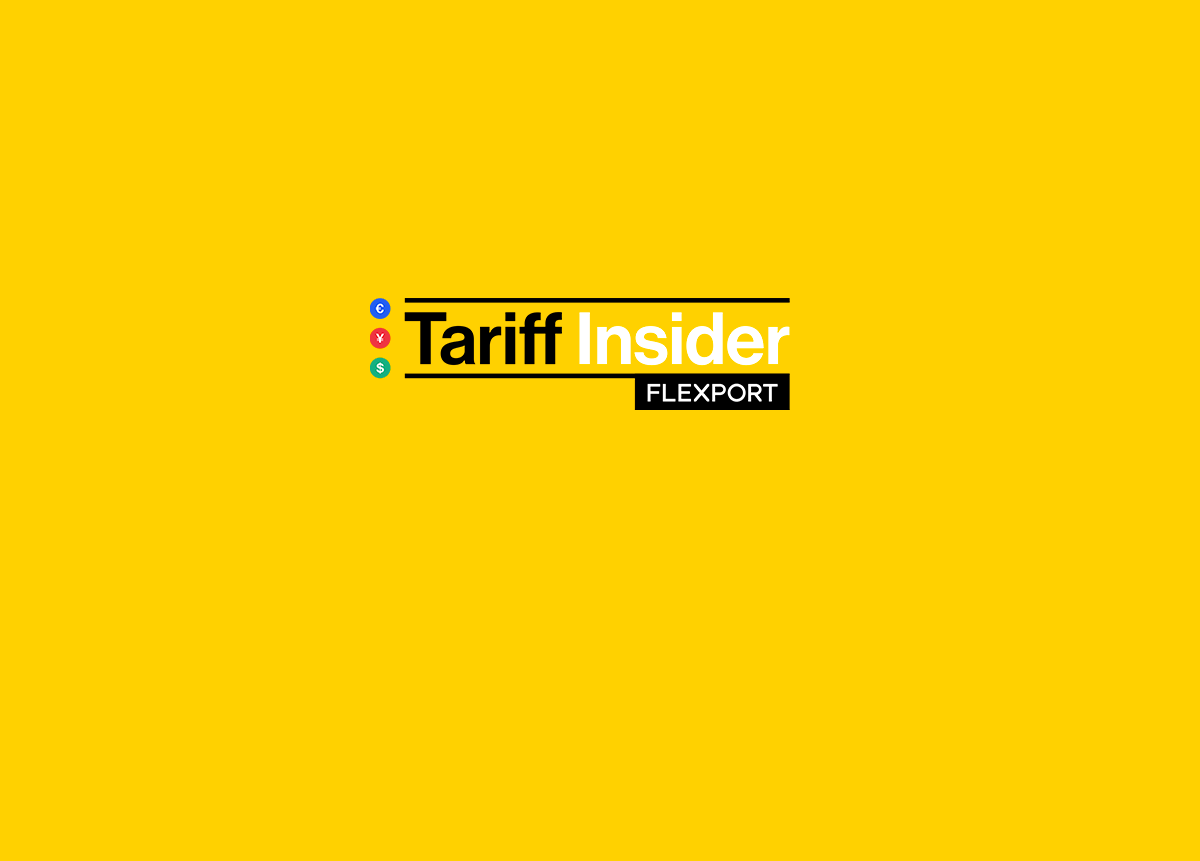
2019 年 01 月 16 日
Tariff Insider: January 16, 2019
Tags:
Tariff Insider: January 16, 2019

The Big News: U.S. and China Meet in Beijing
Last week, Chinese and U.S. officials held the first face-to-face trade discussions since their December summit in Argentina.
The talks, scheduled only for Monday and Tuesday, were extended into Wednesday, which economists saw as a sign that the negotiations were making progress. China said that the meeting “laid a foundation for a trade war resolution,” and its government committed to purchasing more U.S. agricultural goods, energy and manufactured products.
What may pose a barrier to resolution is the U.S.’ desire for enforceable targets to ensure China fulfills its promises. The government may enforce those targets by refusing to lift tariffs until goals are met, or re-imposing the tariffs if they aren’t. The U.S. is also pushing for structural changes like intellectual property rights and China’s subsidies to domestic companies.
Chinese Vice Premier Liu He unexpectedly attended, a pleasant surprise, as the meeting was expected to only involve lower-level officials. His presence as President Xi Jinping’s top economic advisor was interpreted as a signal of the importance China placed on the week’s discussions, although what he contributed or how long he stayed is unknown.
More unconfirmed meetings may take place later in the month; Vice Premier Liu He is expected to meet with U.S. Trade Representative Robert Lightizer, the U.S. official in charge of trade talks, and President Trump and Vice President Wang Qishan may meet at the World Economic Forum in Davos, Switzerland.
In Other News:
Oil prices capped by trade talks: Oil prices were on the rise last week before they were capped by the trade talks’ lack of resolution. Stocks also initially rose in response to the trade talk optimism, and then stalled again when no clear outcomes emerged.
More companies announce manufacturing shifts: Steve Madden, GoPro, and Samsung Electrics Co. have all announced that they will be moving at least a portion of their production out of China to mitigate some of the potential tariff impact.
Garlic company welcomes tariffs: Tariffs have been damaging for most U.S. agricultural farmers, but not for California’s Christopher Ranch, which grows garlic to be sold in the U.S. The tariff on Chinese garlic has increased its price, creating a surge in this farmer’s garlic sales.
About the Author



